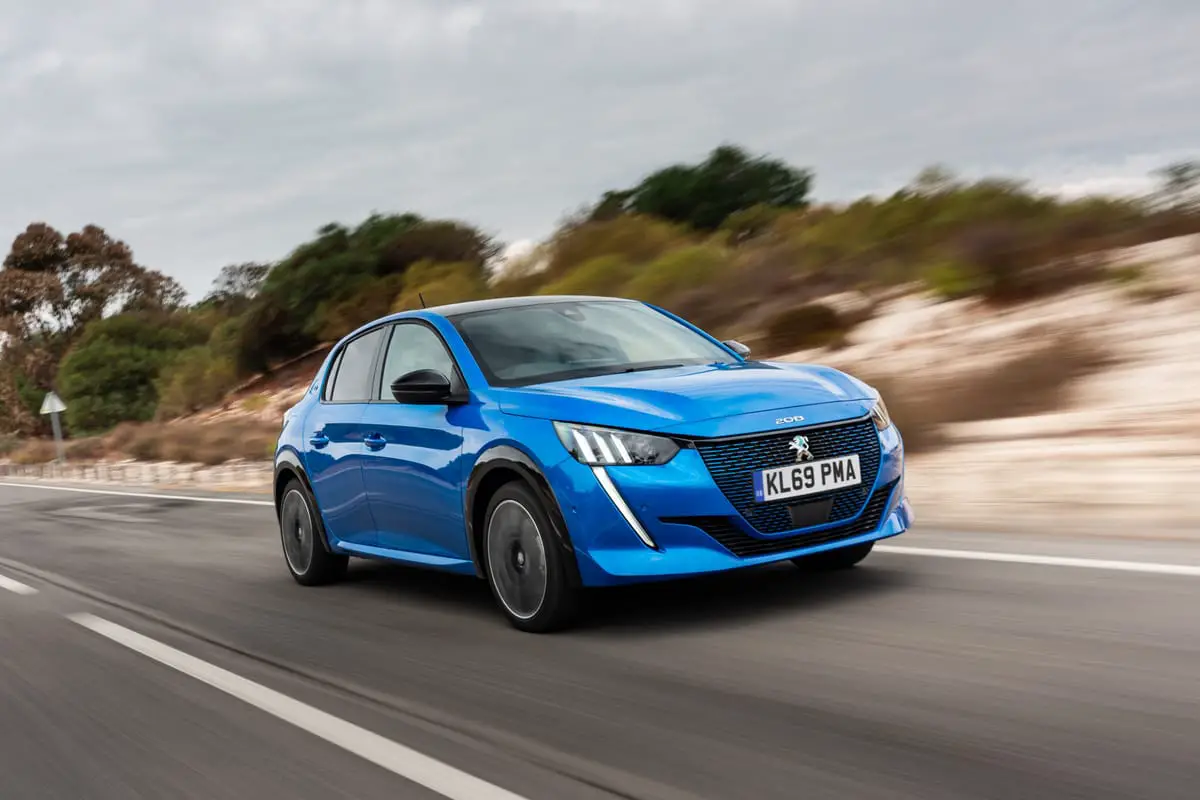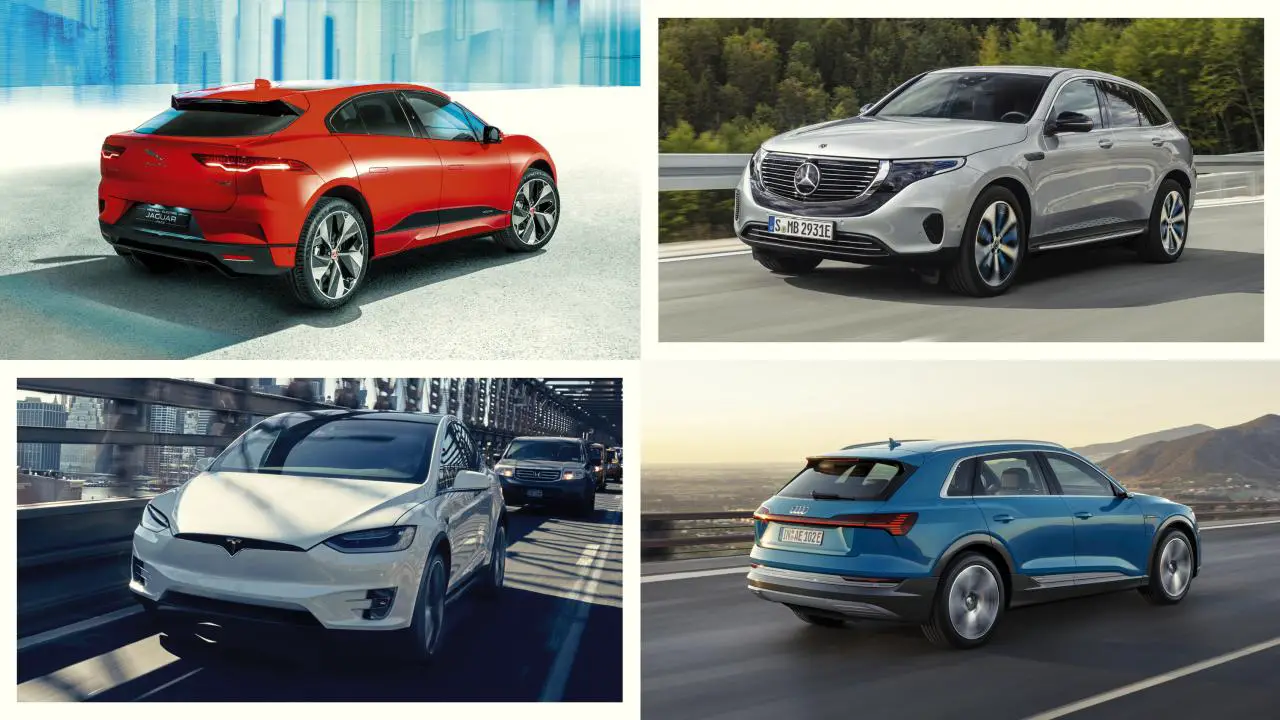Alternative energy storage for electric vehicles.
As the demand for all to be environmentally conscious keeps growing the demand for electric cars keeps going up. Apart from the electricity that powers the Electric Vehicles, there is a need to have a storage system.


As the demand for all to be environmental conscious keeps growing the demand for electric cars keeps going up. Apart from the electricity that powers the Electric Vehicles there is a need to have a storage system. The storage system needs to be cost-competitive, light, efficient, safe, reliable and occupy little space and last long.it must also be produced and disposed in an environmentally friendly manner
Batteries are currently the storage systems for EVs. A large number of batteries are required for the vehicles to deliver a desired level of performance which in return might increase vehicle weight, initial cost and vehicle performance. Charging electric cars mostly happen at night when the electricity demand is low because most people are sleeping or on weekends when most of the people are breaking from a week of work and the vehicles are less needed. However, some EVs can charge during the day and maybe also on-peak hours when the grid is providing the maximum amount of power.
In case the vehicle does not have enough headroom to accommodate the extra power needed two basic alternatives can be used:
i) The utility could increase the amount of generation, transmission, and distribution (GT&D)infrastructure to add needed capacity.
ii) Install Energy distributing sources DERs) such as distributed generation and storage. For efficiency, the DERs must be installed electrically downstream from points that are too congested to serve the added on-peak demand locally.
Electric Vehicles can be a major source of electricity by themselves, however, when plugged in the batteries the vehicle might give many of the grid services that motionless energy storage systems can give and can be successfully managed to reduce the impacts their charging can have on the electric grid, an increasingly important capability as more EVs are plugged into the grid.
The electric grid needs extra generation to accommodate the increased demand for power. Also, the grid operators need to upgrade and enhance the transmission and distribution (T&D) system, by adding more capacity to transmit and deliver the additional electricity during the grid's peak demand time.
Utilities, regulators, policymakers, and legislators are working on developments to accommodate the added electric demand that during on-peak times. Convectional T&D response adds electricity storage as an alternative, when this is done there is a reduction of electricity needed during the charging portion during the peak hours.
The storage for EV has other added benefits, such as distribution storage for charging can be part of a localized strategy to provide good services in specific parts of the grid. Additionally charging at night when electricity demand is low reduces the utility cost of service.




